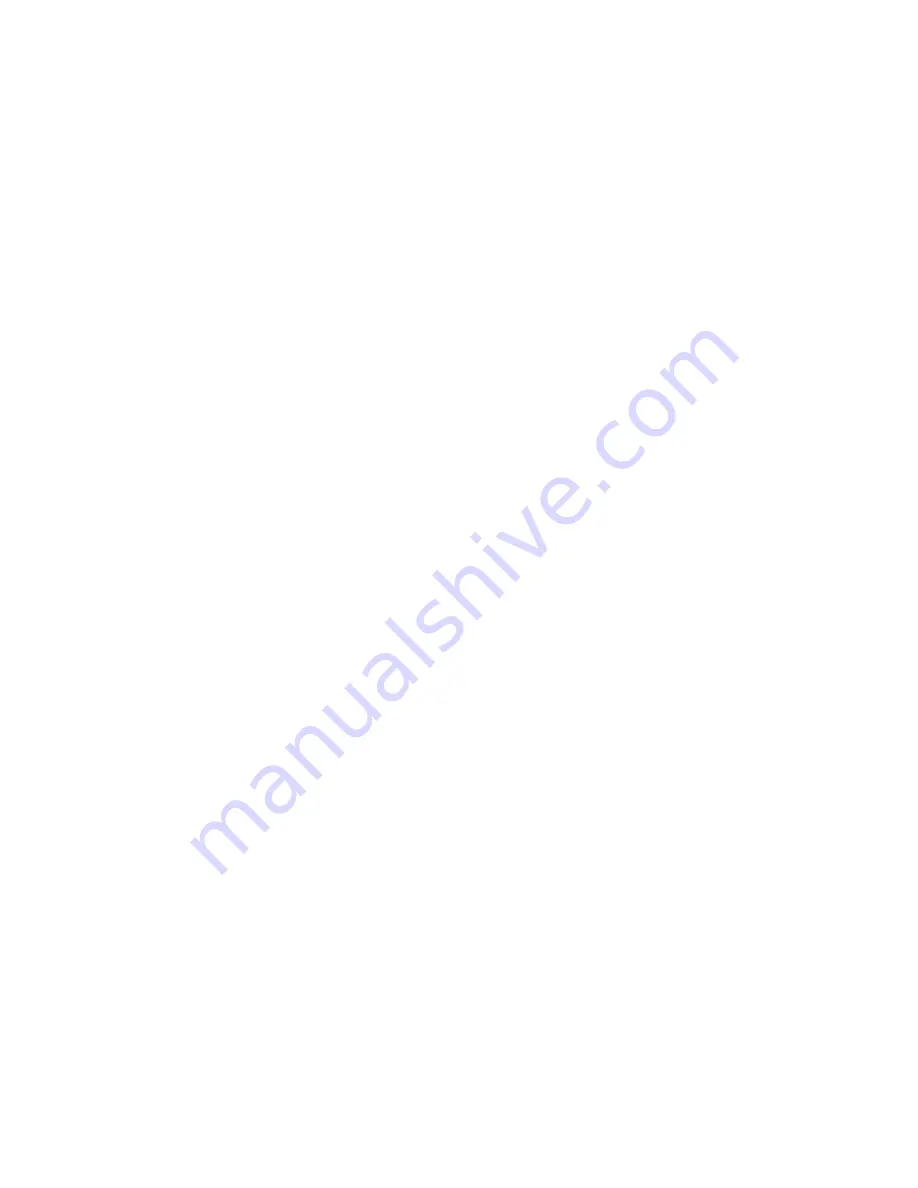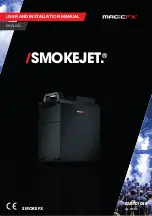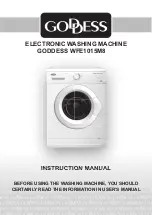
9-10 Font Management
EN
Character Complement Numbers
The “Intellifont Unbound Scalable Font Header” (header) includes a
64 bit field (bytes 78-85) which contains the Character Complement
number. For TrueType fonts, in the “Format 15 Font Header for
Scalable Fonts” (unbound), the Character Complement number is
included in the accompanying “Segmented Font Data” section of the
header.
The Character Complement number identifies the symbol collections
in the font. Each bit in this field corresponds to a symbol collection
(not all bits are currently defined; refer to Appendix D in the PCL 5
Comparison Guide
).
Intellifont example: If bits 63 and 34 are cleared (set to zero) it
indicates that the unbound font contains the Basic Latin (bit 63) and
Math (bit 34) symbol collections and that the character index is in
HP’s MSL numbers (bit 0).
TrueType example: If bits 31, 30, and 0 are cleared (set to zero), it
indicates that the unbound font contains ASCII, Latin 1 extensions
and is based on Unicode numbers.
Character Requirements Number
The other number the printer uses to determine symbol set
compatibility, the Character Requirements number, is provided as
part of the information contained in the symbol set. The Character
Requirements number is a 64-bit number analogous to the Character
Complement number; however, it identifies the symbol collections
needed by the symbol set.
Intellifont example: If a symbol set based on HP’s MSL numbers
requires one or more characters from the standard Latin collection
and some of the characters from the Math collection then bits 63 and
34 are set to one (refer to Appendix D in the PCL 5 Comparison
Guide
for information regarding the various symbol collections).
Summary of Contents for LaserJet 4100
Page 1: ...Part I Click here to access Part II on hp com ...
Page 2: ......
Page 26: ...Contents 14 EN ...
Page 44: ...2 10 The Page EN ...
Page 54: ...3 10 The Print Environment EN ...
Page 70: ...4 16 PCL Job Control Commands EN ...
Page 80: ...5 10 Page Control Commands EN Figure 5 3 Changing Print Direction on a Page ...
Page 82: ...5 12 Page Control Commands EN Figure 5 4 Text Area Within the Page ...
Page 110: ...6 16 Cursor Positioning EN ...
Page 120: ...7 10 Fonts EN Figure 7 11 Bitmap Character Figure 7 12 Scalable Character ...
Page 122: ...7 12 Fonts EN ...
Page 152: ...8 30 PCL Font Selection EN ...
Page 166: ...9 14 Font Management EN ...
Page 182: ...10 16 User Defined Symbol Sets EN ...
Page 237: ...EN Character Descriptor Formats 11 55 Figure 11 5 Class 2 Character Data ...
Page 240: ...11 58 Soft Font Creation EN Figure 11 6 Portrait Character Example ...
Page 241: ...EN Character Descriptor Formats 11 59 Figure 11 7 Landscape Character Example ...
Page 270: ...13 4 The PCL Print Model EN Figure 13 3 Effect of Transparency Modes on Images ...
Page 276: ...13 10 The PCL Print Model EN Figure 13 4 Shading Patterns ...
Page 277: ...EN Pattern ID Area Fill ID Command 13 11 Figure 13 5 Cross Hatch Patterns ...
Page 290: ...13 24 The PCL Print Model EN ...
Page 297: ...EN Pattern ID Area Fill ID Command 14 7 Figure 14 1 Shading Patterns ...
Page 298: ...14 8 PCL Rectangular Area Fill Graphics EN Figure 14 2 Cross hatch Patterns ...
Page 341: ...EN Raster Graphics Example 15 33 Figure 15 11Example of Raster Graphic Image Data ...
Page 342: ...15 34 Raster Graphics EN ...
Page 370: ...16 28 Status Readback EN ...
















































